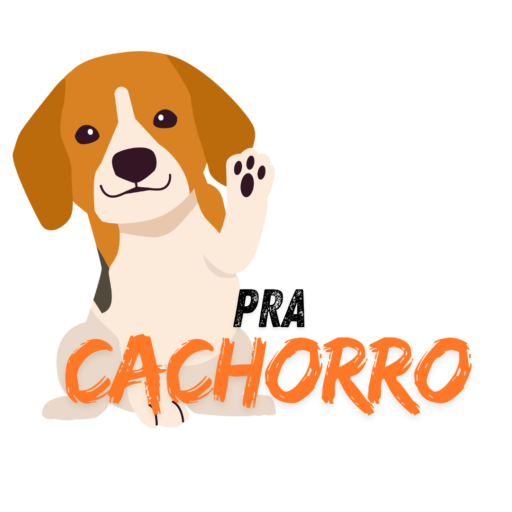Teaching your dog to play dead is more than just a fun party trick—it’s a powerful way to stimulate their mind, build trust, and strengthen your bond.
Whether you’re looking to impress your friends or just enjoy quality time with your furry friend, this trick can provide countless benefits. It encourages mental engagement, reinforces obedience, and creates moments of pure joy for both of you. The best part? With patience and consistency, any dog can learn it—no acting experience required!
🧠 Why Teach the “Play Dead” Trick?
While it may look like just a cute performance, the “play dead” trick actually supports your dog’s mental and emotional health in several ways:
- Mental Stimulation: Performing tricks helps your dog stay mentally sharp, especially important for intelligent and high-energy breeds.
- Strengthened Bond: Trick training promotes positive interaction and trust between you and your dog.
- Increased Obedience: Learning complex commands like “play dead” improves your dog’s ability to focus and follow instructions.
- Social Entertainment: It’s a great trick to show off at family gatherings or on social media.
- Confidence Boost: Successfully performing new behaviors helps build your dog’s confidence in various situations.
✅ What You’ll Need Before You Start
Preparing the right setup ensures a smoother training process:
- High-Value Treats: Small, soft, and irresistible snacks that your dog loves.
- A Quiet Training Space: Choose a distraction-free area where your dog feels comfortable.
- A Calm Attitude: Dogs can sense frustration. Stay relaxed and celebrate small wins.
📚 Step-by-Step Guide: Teaching Your Dog to “Play Dead”
Step 1: Start with the “Down” Command
Before teaching “play dead,” your dog should be comfortable lying down on command. If they don’t know how, start by luring them with a treat from a sitting position to the floor, rewarding when they lie down.
Step 2: Lure Your Dog to Roll onto Their Side
Once your dog is lying down, use a treat near their nose and slowly move it toward their shoulder. This will naturally encourage them to roll slightly onto their side.
- Pro tip: Reward immediately when they roll over even partially. Timing is everything.
Step 3: Add a Verbal Cue and Hand Signal
Use a consistent cue like “Bang!”, “Play dead,” or “Boom!” as your verbal command. At the same time, create a dramatic hand gesture—such as pointing like a finger gun or lowering your palm slowly.
- Dogs learn best with both visual and verbal signals together.
Step 4: Build Duration
Once your dog rolls onto their side, encourage them to stay there for a few seconds. Use a cue like “Stay” to gradually increase the time before the reward.
- Start with just 1-2 seconds and build up slowly.
Step 5: Practice Short, Positive Sessions
Train for 5–10 minutes max per session. This keeps your dog engaged without frustration. End each session with praise, treats, and maybe some playtime.
💡 Training Tips for Faster Success
- Use irresistible treats in the beginning stages—like cooked chicken or cheese.
- Keep sessions fun and always end on a positive note.
- Don’t rush—every dog learns at their own pace.
- Mix up the environment once the dog is comfortable—try practicing in different rooms or outdoors.
- Mark progress verbally—use a clicker or a word like “Yes!” to signal the correct behavior.
🚫 Common Mistakes to Avoid
- Delayed Rewards: Always reward immediately after the desired behavior.
- Too-long sessions: Keep it short and sweet to avoid boredom or stress.
- Inconsistent commands: Stick to the same word and gesture throughout.
- Expecting perfection right away: Let your dog learn gradually and reward small improvements.
- Getting frustrated: Your dog picks up on your emotions. Stay patient and encouraging.
🐶 Benefits of Trick Training (for Both You and Your Dog)
Trick training doesn’t just entertain—it has long-term benefits:
- Cognitive health: Helps prevent boredom and destructive behavior.
- Social skills: Teaches your dog how to behave calmly around people.
- Adaptability: Prepares your dog for other training scenarios, such as agility or therapy work.
- Deeper connection: Strengthens communication and trust.
🎉 Conclusion: Create Lasting Memories Through Play
Teaching your dog to play dead is a fun, interactive way to deepen your bond and bring out your dog’s inner performer. With a bit of creativity, some tasty treats, and a whole lot of praise, your dog will be dropping to the floor on cue like a pro.
Remember: The journey of training is just as meaningful as the trick itself. Every moment you spend teaching and encouraging your dog builds trust and joy.
So grab those treats, choose your cue, and start training—your pup’s Oscar-worthy performance is just a few sessions away!
❓ Frequently Asked Questions
1. How long does it take to teach “play dead”?
Most dogs learn the basics in 1–3 weeks of consistent practice, depending on their age and temperament.
2. Can older dogs learn this trick?
Yes! Senior dogs may take longer but can still learn with gentle guidance and patience.
3. My dog doesn’t understand the command—what should I do?
Break it down. Revisit the “down” command, then add the side roll in small steps with clear rewards.
4. Can I use toys instead of treats?
Absolutely! If your dog is more toy-motivated, use their favorite toy as a reward.
5. How do I avoid my dog becoming treat-dependent?
Once your dog consistently performs the trick, gradually replace treats with praise, petting, or play.



